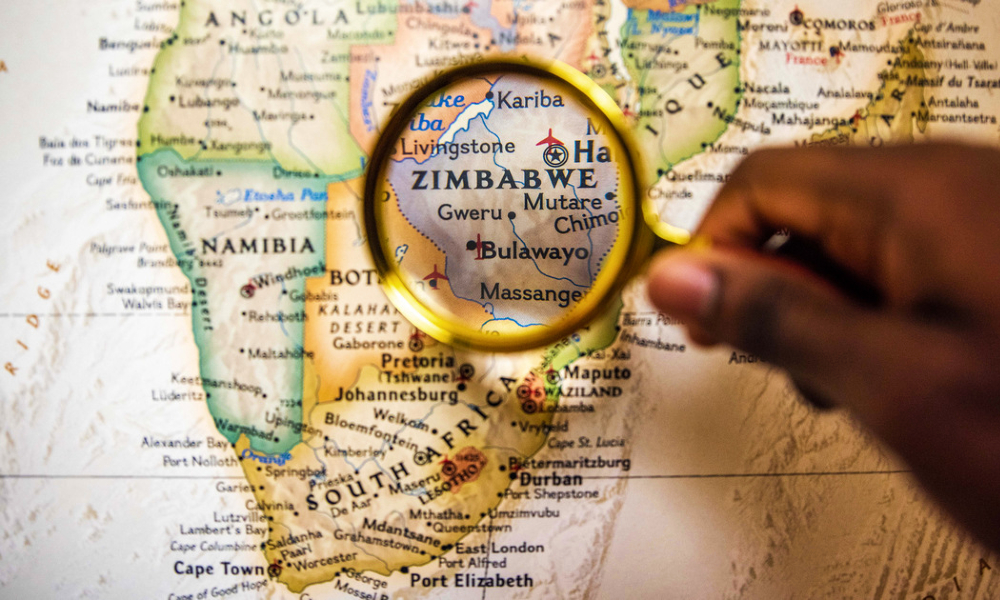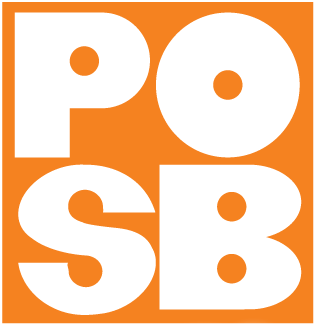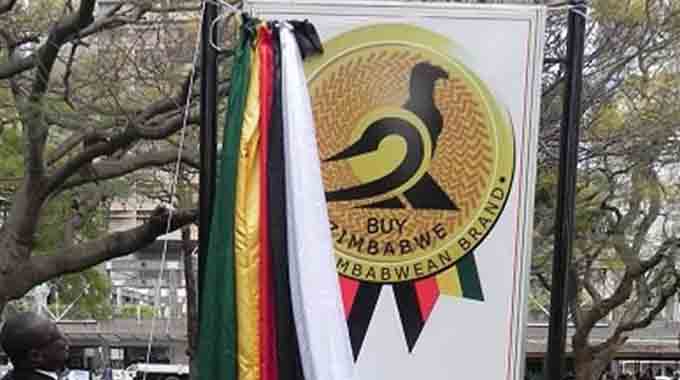ZimTrade, leather sector collaborate to boost exports
ZIMBABWE’S trade development and promotion agency, ZimTrade, says close collaboration with the leather sector is critical in promoting enhanced quality products that will drive higher export value.
Creating export-led growth is at the heart of the Government’s National Development Strategy 1 (NDS1), which prioritises the development of key value chains as the anchor of the re-industrialisation agenda.
The leather value chain is a key component of the agro-processing sector and is seen as a low-hanging fruit for Zimbabwe, which has higher competencies in livestock production as a source of raw materials.
ZimTrade, says close collaboration with the leather sector is critical in promoting enhanced quality products that will drive higher export value.
The launching of the Zimbabwe Leather Sector Strategy (2021-2030) expresses the Government’s strong desire to transform the leather sector from a producer of primary products to value-added goods for domestic and export markets.
This has seen ZimTrade working closely with the leather cluster under what is known as the “Zimbabwe Leather Collective (ZLC)”, an initiative meant to steer collective marketing efforts of leather and leather products.
ZimTrade southern region manager, Mrs Jaqueline Nyathi, said through the ZLC, the sector stands a chance to reap big export earnings derived from collective marketing and bigger supply capacity emanating from harmonised production approaches.
“ZLC is an initiative that ZimTrade supports to grow exports through the collective marketing efforts of leather and leather products using social media platforms where top-tier buyers from abroad can easily be accessed,” she said.
“ZLC and ZimTrade are promoting the sale of value-added products in the form of belts, shoes, bags, wallets, rugs, semi-processed hides (wet blue) for the export market as these fetch a higher price in comparison to raw hides.”
In the past ZimTrade has engaged global experts for interactive efforts with local leather producers on a range of production issues including branding, product design, and certification, among others.
Recently, a ZimTrade team visited Zambezi Tanners in Bulawayo, which is part of ZLC, to assess the company’s operations with the view of assisting it to unlock more regional markets.
ZimTrade southern region manager, Mrs Jacqueline Nyathi
Mrs Nyathi said tanneries were key to the value addition drive outlined in various policy documents. The country through the Ministry of Industry and Commerce has been working on promoting value addition in the key economic sectors, which include leather, soya bean, metal beneficiation, fertilizer, pharmaceuticals, and textile to mention but a few.
This has also seen the mentioned sectors being allocated some capacity-building revolving funds, which are meant to boost production.
“The tanners are a critical node in the value chain that ensure the conversion of the raw hides and skins into wet-blue and finished leather, which is permissible for exports,” said Mrs Nyathi.
National Development Strategy 1 (NDS1)
“For the growth of the sector to occur it is critical that tanners understand the market requirements for the finished leather products so that when they carry out the tanning process, it is in line with the expectations and trends in the market, be it in terms of design or colour.”
ZimTrade chief executive officer, Mr Allan Majuru, is on record saying Zimbabwe has the potential to become one of the leaders in the global leather network, leveraging on the growing national cattle herd, competent skills, and improved infrastructure.
“To unlock this potential and increase their share of the international trade in leather, estimated around US$80 billion annually by the International Trade Centre (ITC), there is a need for closer collaboration and linkages, among players across the entire value chain,” he said.
ZimTrade chief executive officer, Mr Allan Majuru
The overall goal of the Zimbabwe Leather Sector Strategy (2021-2030), launched in 2020, is to improve the competitiveness of the leather value chain by building stakeholders’ production capacities and improving their access to regional and international markets.
The objectives of the new strategy are to increase the capacity utilisation of value-added products from 30 to 75 percent by the end of 2030 and enhance the application of sustainable production technologies by manufacturing companies from the current 10 percent to 60 percent by 2030. – chronicle








